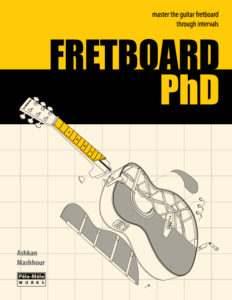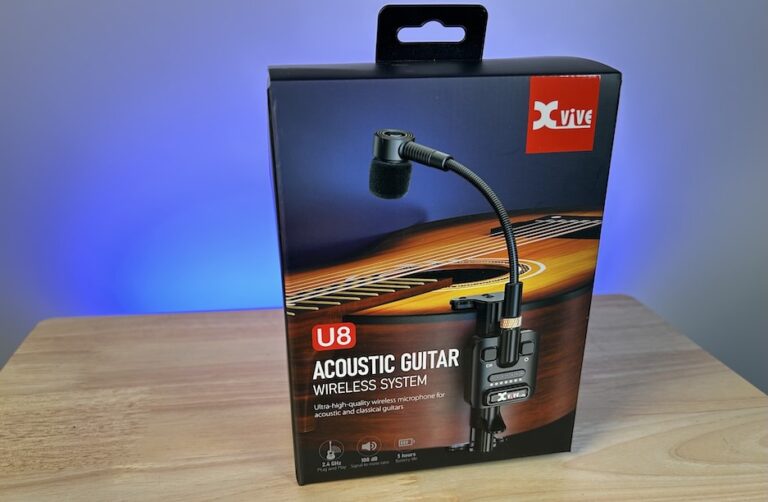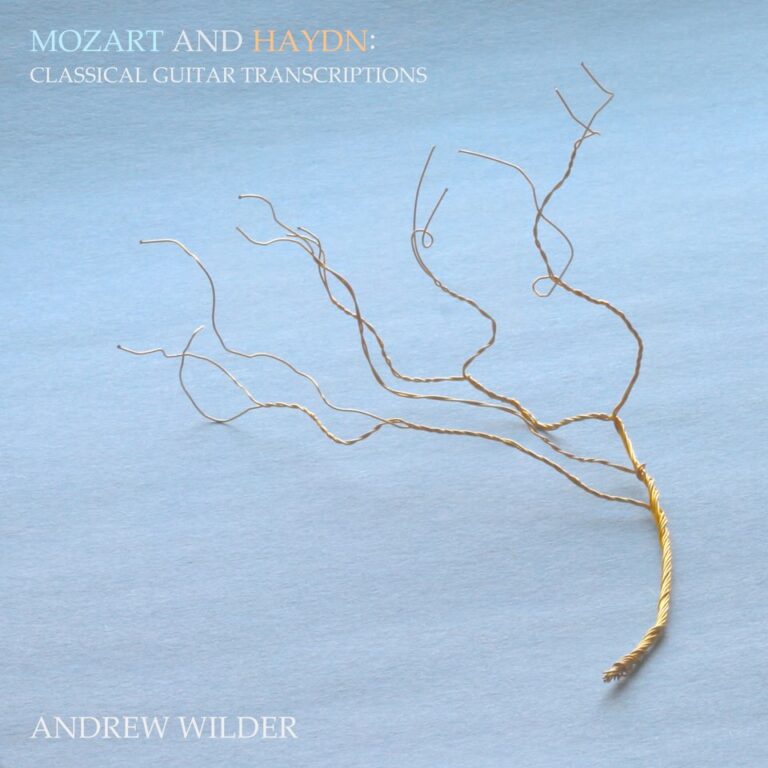Fretboard PhD: master the guitar fretboard through intervals
by Ashkan Mashhour
Publisher: Pêle-Mêle Works
156 pages, English
Buy via Amazon: Fretboard PhD
I was happy to receive a copy of this informative book by Ashkan Mashhour. The book stems from Mashhour’s lessons with Dave Murdy and their collaboration titled Intervallic Fretboard. Some basic knowledge of music theory is a prerequisite so keep that in mind as I rabble on below. There are hundreds of visual examples and diagrams which help with understanding the more analytical text. Topics include: Intervals, Interval Addition, Tuning, Note Names, Fretboard Geometry, Transposition, Mirroring, Anchoring, CAGED, Harmonics. See a small preview here (posted via the publisher).
Publisher’s blurb: Pêle-Mêle Works presents “Fretboard PhD: Master the Guitar Fretboard through Intervals”, a one-of- a-kind book to understand the guitar fretboard inside out. There are many ways to approach the guitar fretboard. One less-travelled road is through intervals. With over 150 pages of diagrams and examples, “Fretboard PhD: Master the Guitar Fretboard through Intervals” is a complete course that takes you step by step towards an intimate command of the fretboard, from basics to harmonics. If you want to further your fretboard knowledge and navigate the guitar neck freely and with confidence, wait no more!
This book is intensely packed with information and overall is a large accomplishment. Plus, learning through intervals is a solid pedagogical method for any type/style of guitar. There are also sections on interval addition that will baffle you (hopefully in a good way?). The book is unique in its effort to dive into complex information such as the physical workings of harmonics, tuning, and interval additions…mathematics even. This exploration serves the book well, although the question of musical application will be discussed below. Nevertheless, the book has to be praised as an intense project of the author that we get to share.
Tackling the guitar through intervals is a smart approach and is often only done is retrospect. Intervals are everything in music, they are the relationship of one note to another and bypass the problem of thinking in terms of purely tonal or atonal music. They are great for classical players and improvisors alike and are sometimes ignored in guitar methodology (except for jazz books). Although, it is not a new approach and there are an array of books that do teach intervallic recognition (think Benedict, McFadden, Fisher, and many more).
The layout, design, and diagrams look great. The design work is clear, clean, and filled with helpful fingerings. It’s nicely formatted and never cluttered. Actually, many of the diagrams are very useful for other applications in teaching or learning so some might find the book useful simply as a reference for diagrams. I love how most of the diagrams include scale-degree numbers which identify chord tones and scales clearly in terms of their musical construction. Students need to think in this way about the shapes they play.
The author states that a basic knowledge of music theory is a prerequisite which is important to consider because there is a lack of notation in this book, especially considering the amount of theoretical information. Seeing more notation would help students understand the theory when they see it in their pieces and make sure they can relate their ideas to other musicians. It would also make the book more useful for learning to read music. I’m not saying that notation is needed to make a book useful; in fact, sometimes seeing the fretboard without notation can be helpful in understanding (which is the purpose of this book!). Maybe this is the classical musician or teacher in me that pushes reading. As I said, the intention of the book is to focus on the fretboard itself rather than notation/theory but you should keep the above in mind if you want the connect between music and the fretboard to sink in.
One more comment that is outside the intended scope of this book: the lack of musical examples or musical context. The book is very informative and explains its purpose clearly so I’m getting more into a pedagogy question here. This book has little in the way of musical context for learning. There is some information on terminology musicians use and why learning the material in the book is useful but not much opportunity for student engagement. Don’t get me wrong, there is great information here and the author regularly tells you the importance of learning it, but there is not as much opportunity for meaningful musical experiences. My impression is that it is intended for the experienced guitarist who doesn’t need context but wants pure information. Also, the chapter on anchoring and the caged system does cover more intent. Also, the chapters on tuning, note names and harmonics are intense and useful to all.
Conclusion
This book is for the curious mind interested in the actual physical workings of the guitar fretboard. I must give it praise for its unique chapters and the sheer amount of information. The book is filled with knowledge and diagrams that any guitarist could benefit from. Also, the focus on intervals is a very solid musical approach. Many guitarists don’t know the practical shapes and forms of intervals on the guitar despite their benefit to reading, analysis, and improvisation. However, if you’re getting this book specifically to improve your reading, to understand musical compositions, or to improvise, then you’ll need to pair it up with more books and a good teacher. Information is interesting but only when put to musical use and this book offers less in that regard. I also fear for students buying information-heavy books as student engagement with the material can often be low. However, some people want thorough information and this book delivers. With a good teacher all the diagrams in the book could be put to use, particularly for improvising. A good teacher could also relate the information to your repertoire throughout the learning process. If you’re looking for lots of information from easy to scientifically complex and great diagrams this book is useful and well worth it.





